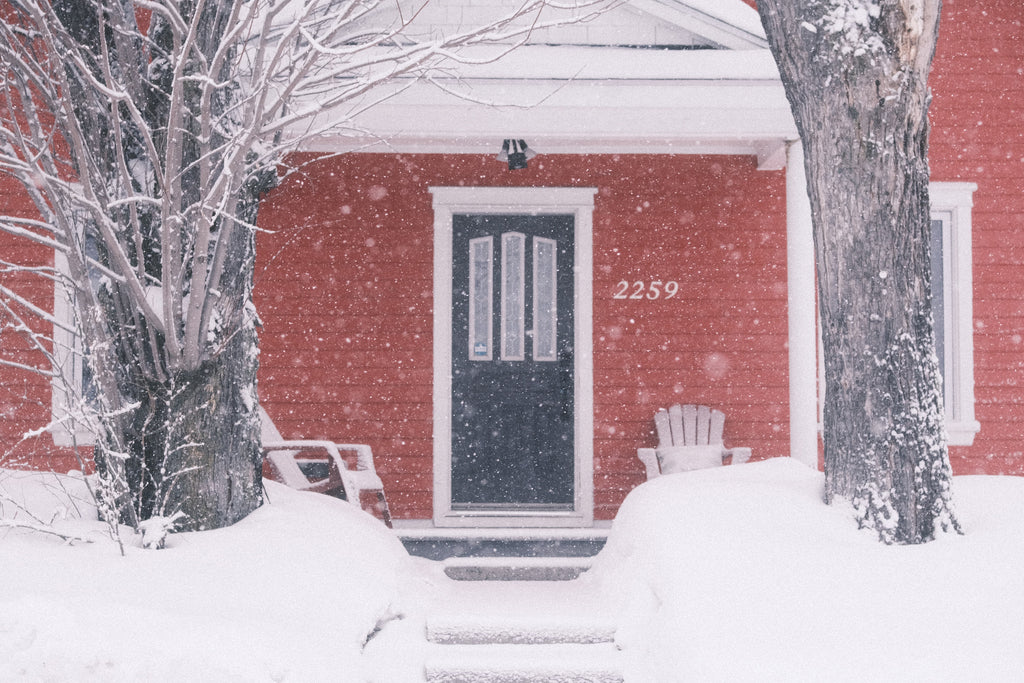Discover film recipes
Discover film recipes
Or, how to make a successful photo without post production!
Hi everyone! It's Amaryllis, former Lavalloise and ex-photo consultant at Photo Laplante, now Saguenéenne and proud of it! I haven't had the opportunity to revisit the big city since my move in July 2021, I still shoot frequently; every day, even! I've developed the habit of getting up early every morning to go shoot before work, and it's by developing this habit that I've also discovered film recipes, the magic ingredient that always makes me eager to go out, even when it's -23 degrees Celsius in April :)
Forgive me in advance for the snowy and icy photos... that's just what we have these days!

What is a film recipe?
I must confess that, since my beginnings in photography, I have always been very attached to RAW files and their flexibility. I like to manipulate the colors, push the shadows, bring back the highlights, correct details that bug me. Yet, these days, I don't do any of that. Why? Because I'm using film recipes! I prepare my camera, a Fujifilm X-T4, by adjusting its basic film simulation, grain effect, white balance, shadows, highlights, etc., then I only make exposure changes with aperture, shutter speed, and occasionally ISO when I shoot. All this... in JPG.

And it gives... quite impressive results! Some recipes work better than others depending on the light conditions, just like silver film, which has its own grain and situations in which it will excel. For example, the Fujicolor Superia 1600 recipe by Ritchie Roesch of FujiXWeekly will look great on a cloudy or snowy day, while Night Classic, based on a recipe by Luís Costa of Life, Unintended and modified to my liking, will have a nice vintage look when used at night in places with artificial lights.

Yes, it works on all cameras!
Personally, I'm loyal to Fujifilm, because I really like the retro style of the cameras and the control for aperture (on the lens), shutter speed and ISO (on the body). On the other hand, creating recipes is technically possible on any camera that offers some control over the JPG file. Obviously, if you only shoot RAW files, there is no point in programming your camera in such a way, but if you shoot at least RAW+JPG or just JPG, that's where it gets interesting! Play with the results and experiment. Purposely choose an "incorrect" white balance (silver film doesn't have an automatic white balance, after all), increase or decrease the contrast, push the blacks, pull the whites, and you might very well end up with something very interesting!

Not convinced?
That said, you don't have to like it either! Many photographers, both amateur and professional, will never touch a "SOOC" (straight out of camera) JPG file, while others, even pros, prefer to save time and will always give SOOC files to their clients. Fortunately, if you want to have a vintage look without having to create it in-camera, there are presets on the Internet that will allow you to recreate that in post-production... but don't ask me about that, because I've converted to SOOC photos and I have no idea where to start with the post-prod version!

In any case, I hope you learned a little something today, and I especially hope it makes you want to go out and take pictures at least half as much as it rekindled my love for photography!
Happy photography!





